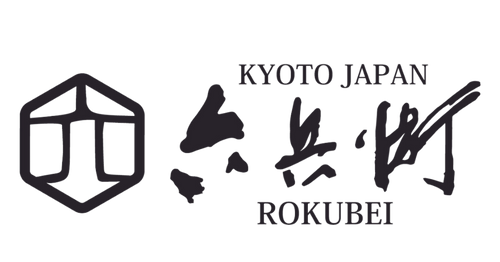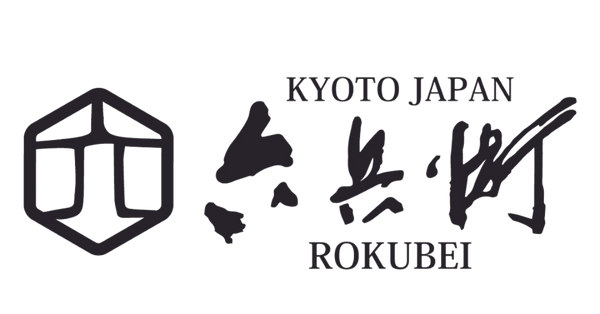About Japanese Tea
The history of Japanese tea is rooted in the tea culture that came from China around the Nara period. Tea plants began to be cultivated actively around the Kamakura period, and with the passage of time, they have become popular throughout Japan.
Japanese tea (green tea) is the first process of tea making, and is "non-fermented tea" that makes tea by stopping the oxidase of tea leaves by a process called steaming. By the way, black tea, which is a member of the same tea, is called fermented tea, and oolong tea made in China and Taiwan is called "semi-fermented tea".
Aside from the difficult story, the characteristic of Japanese tea is that it contains the umami ingredient "theanine" and is rich in "catechin", which is ordered worldwide as a health ingredient. In other words, it is a "delicious and healthy" drink that heals the mind.
I won't go into details about the production, but first steam it to stop the action of oxidase, and then the process of kneading the tea ⇒ the drying process to make "rough tea". The "rough tea" is removed from the powder and stickiness and dried so that it can be stored, and the tea is made. In addition, matcha does not have a kneading process, so it is dried with hot air before entering the drying process.
Now, let me explain the types of Japanese tea along with our commitment.

Matcha
Matcha is a powdered tea made by carefully grinding leaves called "Tencha" with a stone mill. A stone mill can only make about 30 grams of Matcha per hour, so it is a very valuable tea. It is also very popular overseas, and the word "MATCHA" has become a universal language. Originally used for tea ceremony, the tea is ingested in its entirety, so it is also important to get the whole healthy ingredients. In addition to drinking and enjoying, these days it is often used as a raw material for sweets and the like.
Particular about our Matcha
We have a wide selection of organic Matcha from Kagoshima, which is limited to farmers and bleeds, and proposes various taste differences like wine. We provide wide range of Uji Matcha, from high-end products for dark tea to matcha for affordable confectionery. It is characterized by a solid and delicious taste.
Gyokuro
Gyokuro is a high-quality tea made by blocking sunlight for more than 20 days before picking the tea leaves. By suppressing the conversion of theanine, which is an umami ingredient, to catechin, it becomes a high-class tea with a strong sweetness. The biggest feature is the sweetness that rolls on the bottom and the unique scent called "Ooika".
Particular about our Gyokuro
We provide wide range of popular Uji Gyokuro, from popular products to the finest products such as hand-picked Gyokuro. We also sell rare organic Gyokuro from Kagoshima.


Sencha
Sencha is a most popular that makes up about 80% of Japanese tea. I think that many people drink sencha as well as the tea they usually drink. Sencha is "tea cultivated without covering the tea plantation", but recently it is often covered for about 7-10 days. That is because the color when the tea is served, "light blue", becomes green. Sencha is the most universal tea and the most difficult to make. The temperature is related to the taste and aroma of tea, but it changes to various tastes depending on the temperature, so even if you have been in the tea business for many years, this area is very profound.
Particular about our Sencha
The single-origin Sencha series, including organic products, is our signature product. We provide wide range of teas, from regular Sencha from Uji and Kagoshima to safe teas such as organic and pesticide-free.
Genmaicha
This tea is a blend of sencha and kukicha with brown rice, and you can enjoy the balance between the fragrant aroma of brown rice and the taste of tea. About half of the brown rice is blended, so it is also a favorite point that there is little caffeine in green tea. It is a Japanese tea that is especially popular in Asia.
Particular about our Genmaicha
We provide wide range of Genmaicha, including organic and Uji's finest sencha Genmaicha.


Hojicha
Hojicha brings out a fragrant aroma by roasting Sencha etc. over high heat, and you can enjoy a taste different from Sencha. In the past, we used to roast the remaining old tea, but recently, high-grade Hojicha, which is made by roasting high-grade tea over low heat, is also popular.
Particular about our Hojicha
We have a wide range of products, but we recommend the high-grade light-fired Hojicha, which is made by roasting the stems of high-grade Sencha over light heat.

